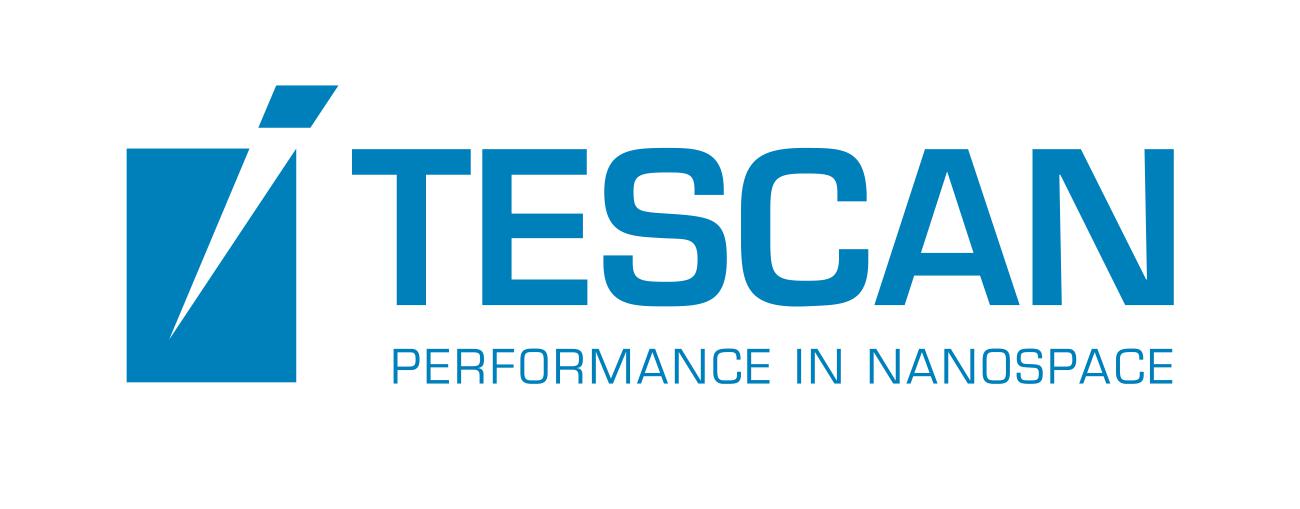Speaker
Description
Understanding the dynamics of salt crystallization in composite materials where an interface between two porous media with different material properties is present, is of paramount importance to understand the decay mechanisms involving such crystallization. Often the crystallization will cause cracks in the material that can act as an additional evaporating surface. As a result the surface to volume ratio of the material changes, which can create a different type of crystallization, resulting in a different damage mechanism. This problem is relevant to the practice of art conservation and for many salt crystallization problems in civil engineering.
Over the past decades, much has been learned about the effects of salt crystallization within a single type of homogeneous porous material. In order to investigate the more complex situation of layered porous materials, the European JPI-CRYSTINART project was initiated in 2020. Our investigations within this project focus on the influence of surface to volume ratio on the evaporation of NaCl solutions in cone-shaped sandstone samples and the resulting efflorescence and damage caused by salt crystallization. For this purpose, we designed truncated cone-shaped materials saturated with aqueous 10wt% NaCl solutions. The cones only dry from the top surface (the sides and bottom surface were sealed off), and drying experiments were performed with the small or the large cone surface facing upwards.
In the experiments, the drying kinetics and dynamics of salt precipitation (NaCl) are investigated in real-time by simultaneously using optical microscopy with automated image analysis and mass change registration during the evaporation. Additionally, we performed combined H and Na profile NMR experiments to measure the advection and diffusion of the salt ions within the cone shaped samples during drying. Laser profilometry has been also used to get information on the salt crust at the top surface. Our results reveal that the surface to volume ratio has a large influence on the drying dynamics but also on the way the salt crystallizes. The small surface to volume ratio shows an exponential drying regime and exhibits a large amount of efflorescence (salt crystallization on the surface) with a fractal appearance. The fractal salt deposit lifts itself up away from the sample surface due to the formation of tiny salt pillars at the end of the drying; consequently, the salt crust can easily be removed from the sample surface or even falls of by itself. To the contrary, the high surface to volume ratio exhibits a linear drying regime and causes a different type of efflorescence which adheres strongly to the surface of the porous stone without a self-lifting behaviour
The surface to volume ratio therefore plays a major role in both the drying and crystallization dynamics of a salt solution in a porous medium. Understanding these principles could help to elucidate the mechanisms of different types of efflorescence in relation to the evaporation speed and resulting ion transport in the porous medium, in order to propose solutions to prevent salt damage or to come to better conservation strategies.
| Participation | In-Person |
|---|---|
| Country | the Netherlands |
| MDPI Energies Student Poster Award | Yes, I would like to submit this presentation into the student poster award. |
| Acceptance of the Terms & Conditions | Click here to agree |







